You probably already know benzoic acid as a chemical. Benzoic acid (the European number of food additives is E210) is an aromatic, carboxylic acid, that is not often used to preserve food due to its difficult solubility in water.
Benzoic acid can naturally be found in apples, blueberries, prunes, plums and more. There are two types of benzoic acid. The first type is the natural form derived from plants and can be used as a fragrance.
The other type is the most widely used, derived from toluene synthesis.
Benzoic acid can also be added to cosmetics and pharmaceuticals. However, its main use is as a precursor to the synthesis of organic chemicals in various industries, such as perfumes, plastics, dyes and so on.
Thirty years ago, the percentages and uses of benzoic acid on the market were the following:
- 60% is used for the production of phenol;
- 30% for caprolactam in nylon fibers;
- 5% for the production of sodium, potassium and calcium benzoates;
- 3% for benzoyl chloride;
- 2% for alkyd resins, benzoate esters, etc.
At the moment there is no big change in the percentages. Benzoic acid is also used as a feed additive in the production of pharmaceuticals and plastics.
It can be found in the following foods:
- Fruit juice;
- Pickles;
- Jams;
- Soda.
When it comes to the side effects of benzoic acid, they are usually associated with allergies and whether it is converted to benzene, which is a carcinogen.
It can cause irritation and symptoms such as rash, redness or even burning in the eyes and skin on contact and inhalation.
E210 is approved as a safe ingredient by the US Food and Drug Administration (FDA), the European Food Safety Authority (EFSA), and the Joint FAO / WHO Expert Committee on Food Additives (JECFA ).
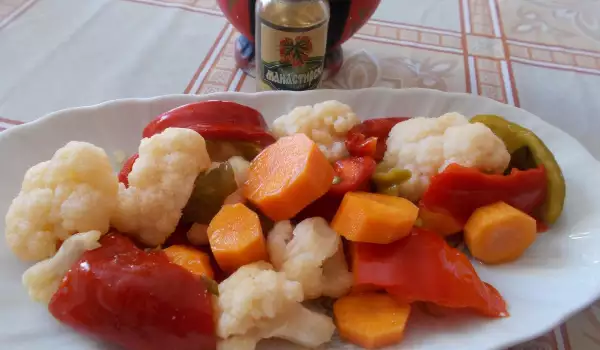
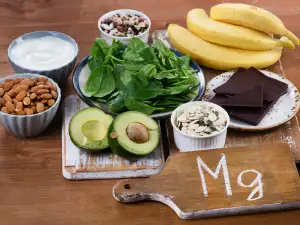




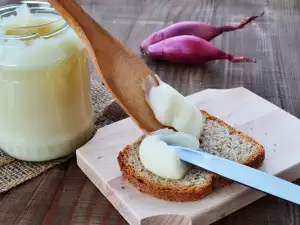
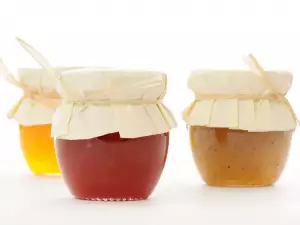
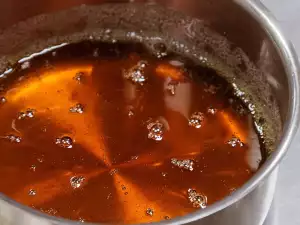
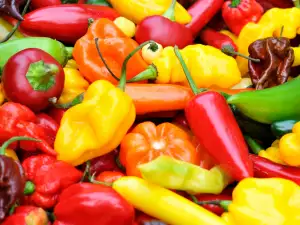

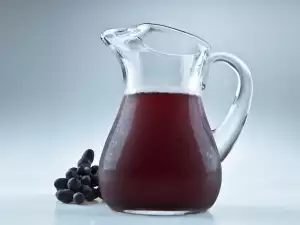


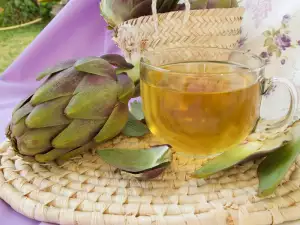




Comments